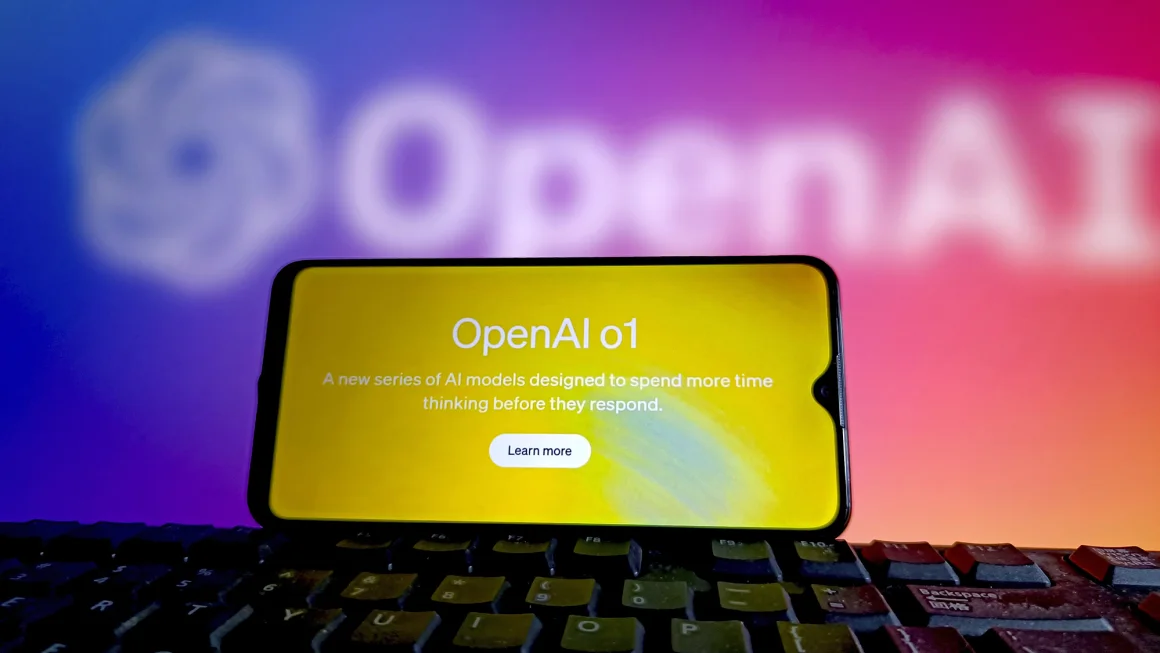OpenAI has introduced a pioneering artificial intelligence model, designated as the OpenAI o1, which promises to push the boundaries of problem-solving in fields such as science, coding, and mathematics. Unveiled on Thursday, this model is set to be the first in a series designed to offer substantial improvements over its predecessors.
The OpenAI o1, currently available in a preview version, represents a significant leap in AI technology. The company envisions regular updates and enhancements, aiming to make the model accessible to a broader range of ChatGPT users in the coming months. According to OpenAI, the model is designed to “think through problems more deeply” before providing responses, emulating human-like reasoning processes. This approach allows the model to refine its problem-solving strategies, experiment with different methods, and learn from its errors.
Highlighting the capabilities of the new model, OpenAI notes its potential applications across various sectors. For instance, healthcare researchers can utilize the model to annotate complex cell sequencing data, while physicists can rely on it to generate intricate mathematical formulas essential for quantum optics research. These examples underscore the model’s ability to handle sophisticated tasks that require advanced analytical skills.
Noam Brown, a research scientist at OpenAI, emphasized the model’s potential in a post on X (formerly Twitter). He stated, “OpenAI’s o1 is designed to think for seconds, but future iterations aim to extend this to hours, days, or even weeks. While this will increase inference costs—such as higher energy consumption—the investment could be invaluable for breakthroughs in areas like cancer treatment or new battery technologies.”
The discussion of AI’s energy demands is timely, as senior White House officials and top technology executives, including OpenAI CEO Sam Altman, Google’s Ruth Porat, and Anthropic CEO Dario Amodei, are scheduled to meet to address the significant energy requirements of advanced AI systems. The outcomes of this discussion could have far-reaching implications for how AI development is managed and its impact on global warming.
Although the OpenAI o1 model is a major step forward, it currently lacks some of the features found in ChatGPT, such as web browsing and file uploads. However, its advancements in complex reasoning tasks represent a significant development in AI technology.
In preliminary tests, the OpenAI o1 has demonstrated performance comparable to that of PhD students on challenging benchmark tasks in physics, chemistry, and biology. Notably, the model correctly solved 83% of problems on a qualifying exam for the International Mathematics Olympiad, showcasing its robust problem-solving capabilities.
As OpenAI continues to refine and expand the functionality of the o1 model, the potential applications and benefits of this technology are expected to grow, offering promising advancements in various scientific and technological fields.


Leave a Comment